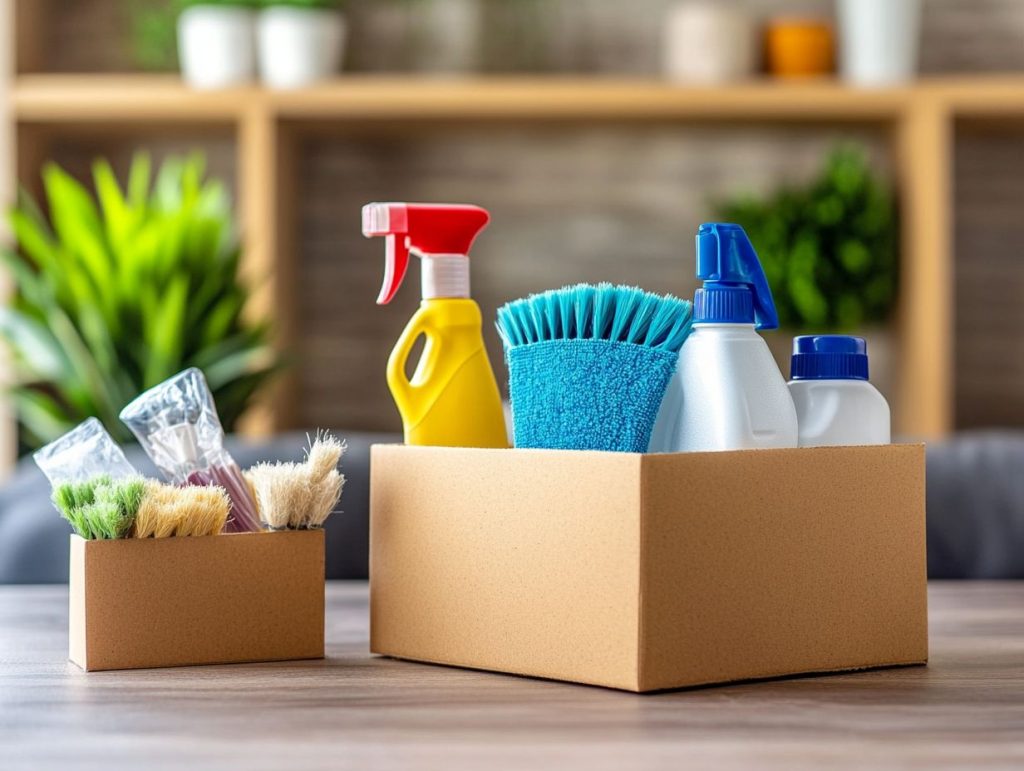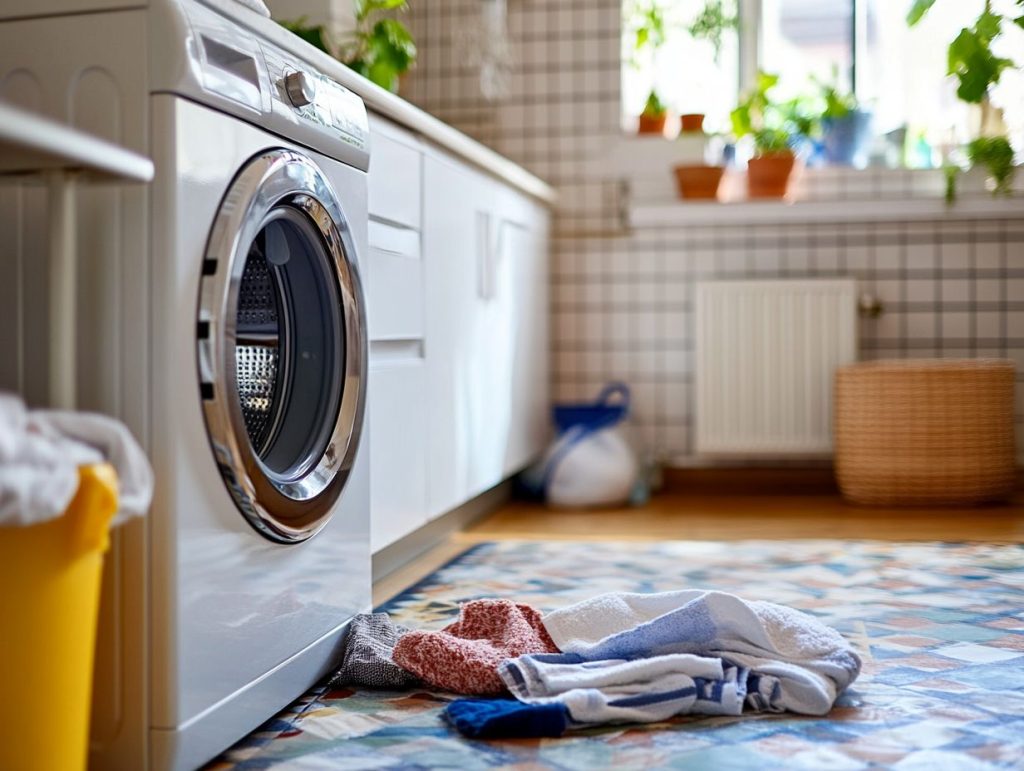An inventory check is a vital step for you as a tenant getting ready to move out. It’s a complete look at the property’s condition before you hand over the keys.
This guide includes a detailed cleaning checklist designed for Camberwell tenants. This checklist outlines precisely what to do in each room and common areas like the kitchen and bathroom.
You’ll find practical tips for dealing with damages, organising your space, and what to expect during and after the inventory check. Get ready to make a great impression and ensure a smooth transition!

What is an Inventory Check, and Why is it Important?
An inventory check is a detailed procedure you should conduct before and after a tenant’s stay in your rental property. According to the tenancy agreement, it helps you and your tenant understand the property’s condition. This process is critical because it protects the tenant’s rights and holds you accountable for managing and maintaining the property.
Furthermore, you receive a transparent inspection report outlining the property’s condition at the beginning and end of the lease.
An inventory check acts as a safety net for both parties by documenting everything—from the quality of the furniture to how well the appliances function. For you as a landlord, it creates a clear record that justifies any deductions from the security deposit if there are damages beyond normal wear and tear during the tenancy. Conversely, this documentation protects tenants’ rights and prevents unfair claims against their deposits.
Therefore, you can see why regular property inspections are essential. They build trust and clarity in the landlord-tenant relationship, ultimately leading to a smoother rental experience for everyone involved.
Cleaning Checklist for Tenants
Creating a thorough cleaning checklist is essential for you as a tenant to ensure you meet your obligations when moving out of a rented property. This checklist will help you stay organised and meet those cleanliness standards.
Additionally, it’s a great way to enhance your chances of getting your security deposit back while fulfilling your responsibilities and meeting your landlord’s expectations.
Room-by-Room Cleaning Guide
A room-by-room cleaning guide can relieve the stress of getting your rental property ready for inspection or moving out. It helps you tackle each space systematically, ensuring everything meets those cleanliness standards. This guide is about staying organised and using effective cleaning techniques. Hence, every room, from the kitchen to the living room, ends up clutter-free and looking great—extremely important for passing property inspections without any headaches.
By breaking down the tasks for each area, you can manage the unique cleaning challenges that arise. For example, focus on decreasing those appliances in the kitchen and organising your cupboards to show off a tidy look. Don’t forget to wipe down all surfaces with disinfectant and ensure your sink and worktops are clutter-free.
When it’s time to move to the living room, dusting surfaces and vacuuming upholstery are vital steps that enhance the overall appeal. Using efficient cleaning techniques, like the top-to-bottom rule—where you start cleaning at the higher surfaces and work your way down—can save you time and help you keep things tidy. These methods create a cleaner environment and bring a sense of calm and satisfaction to the whole process.

Common Areas to Pay Attention to
When you’re getting ready for an inventory check, it’s important to focus on the communal areas of your rental property. These spaces tend to receive the most attention during inspections.
Keeping these areas clean and well-maintained not only demonstrates the overall condition of the property but also highlights the cleanliness standards you’re expected to uphold. This makes it essential for a smooth moving-out process.
Kitchen, Bathroom, and Living Room Cleaning Tips
The kitchen, bathroom, and living room are three key areas that deserve your attention when cleaning. They’re often the stars of daily life and property inspections, so giving them extra care can make a big difference.
By using effective cleaning techniques and organisation strategies in these spaces, you’ll boost hygiene and tackle common issues like odours, stains, and dust mites, creating a more pleasant living environment.
Focusing on these areas allows you to take a more systematic approach to cleaning, ensuring every surface and appliance gets the proper sanitising it needs. For example, when you dive into the kitchen, prioritise degreasing those hobs and disinfecting surfaces to kick harmful bacteria to the curb.
Using natural cleaners to scrub tiles in the bathroom helps reduce pesky mould and mildew buildup. And don’t forget the living room! Thorough dusting of surfaces and regular vacuuming will keep those allergens at bay.
These targeted techniques and regular decluttering can create an inviting and organised atmosphere in these essential spaces.
Handling Damages and Repairs
Handling damage and repairs is crucial to property management, especially when moving out. Knowing how to deal with any issues can save you time and make cleaning easy.
Furthermore, it helps ensure that you return the property in good condition, meet your obligations as a tenant, and avoid any disputes with your landlord.
What to Do If Something is Damaged
If you find something damaged in your rental property, it’s crucial to document the issue and contact your landlord immediately. This helps ensure that repairs and maintenance are handled correctly. Knowing your responsibilities as a tenant can help you navigate the process, prevent misunderstandings, and ensure any necessary repairs are taken care of before a property inspection.
Start by taking clear photographs of the damage from different angles—these will be your visual evidence. Then, write a detailed description of the issue. Be sure to include where it’s located, how extensive the damage is, and any potential safety hazards it might create.
Make sure to send this documentation to your landlord promptly, using a method that provides you with proof of receipt, such as email or recorded delivery. This informs the landlord of a problem and protects you in case any disputes arise later.
Understanding your tenant rights is a powerful way to improve communication with your landlord, especially when it comes to addressing those needed repairs. When you’re well-informed about what you are entitled to, it’s easier to have clear, confident conversations without overstepping the boundaries of your tenancy agreement. Knowing your rights ensures you can assertively request repairs or maintenance while staying within the rules outlined in your contract. It also helps prevent misunderstandings or disputes, making the whole process smoother and less stressful. Essentially, being knowledgeable about your rights puts you in a stronger position to advocate for yourself effectively.
Preparing for the Inventory Check
You need a solid plan when you’re getting ready for the inventory check. Start by creating an effective cleaning schedule and handling all tenant obligations before the inspection.
This preparation helps you remain compliant with the tenancy agreement, alleviates potential issues during the property inspection, and sets you up for a smooth moving-out process.
Tips for Organising and Presenting the Property
Organising and presenting your property effectively can significantly affect your inventory check and overall property management experience. By focusing on cleanliness and keeping spaces clutter-free, you not only make your home look better but also fulfil your tenant responsibilities, which boosts your chances of getting a positive inspection report.
To do this, tackle each room one at a time. Start by decluttering:
- Get rid of unnecessary items and organise your belongings into designated areas.
- Consider investing in storage solutions, such as baskets or shelving units, to keep everything tidy and out of sight.
- Don’t forget those high-traffic areas—keeping them consistently clean is critical, as first impressions matter during inspections.
Regularly dusting surfaces and deep cleaning appliances can show that your space is well-maintained. By keeping everything looking sharp, landlords will appreciate the effort you put into meeting their expectations, leading to smoother interactions and possibly even favourable lease renewals.
Final Steps and Follow-Up
Completing those final steps and following up after your inventory check is essential to ensure everything in the property management process is wrapped up smoothly. You will want to review the inspection report, address any issues that arose, and take a moment to reflect on your cleaning objectives.
This way, you can confirm that you have met all your responsibilities to your tenants during the tenancy.
What to Expect After the Inventory Check
After you go through the inventory check, you can expect to receive an inspection report outlining the property’s condition and highlighting any issues that might need your attention. It’s imperative to understand what the landlord expects and the criteria for property compliance during this phase, as it can shape your future cleaning routines and responsibilities.
This report does more than document the property’s state; it also sets the stage for ongoing communication between you and the landlord. By examining the inspection findings closely, you can identify areas that need improvement and align your cleaning practices with what property management expects.
Constructive feedback from this process can help you develop better maintenance strategies, ensuring those pesky issues don’t reappear. Addressing the observations in the inspection report demonstrates your commitment to keeping things in good condition. This helps foster a positive relationship with property management, which can benefit you in the long run.